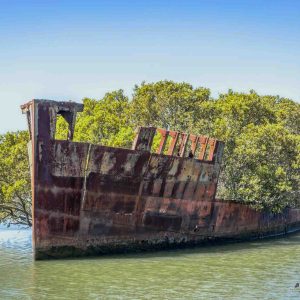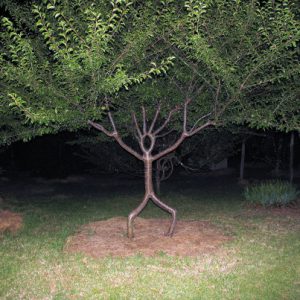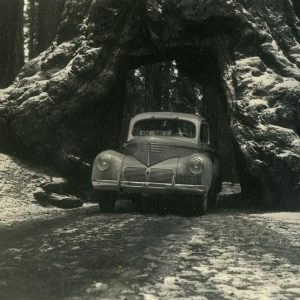Pisco Bay in Peru’s Paracas Peninsula holds a spectacular secret: a prehistoric geoglyph that is estimated to date back to 200 BC, although many believe it is much older. Its purpose and creators remain unknown.
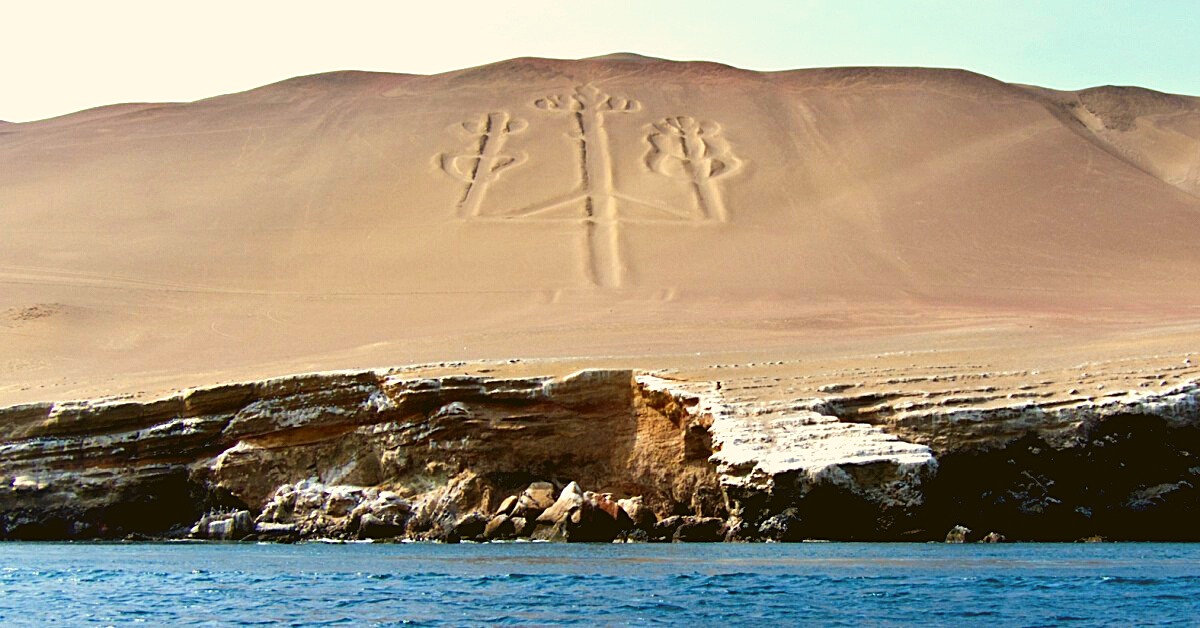
Image credit: BNicostrate
Situated on a seaside hill, the Paracas Candelabra, also known as the “Candelabra of the Andes,” is a massive geoglyph that runs almost 600 feet from bottom to top and is etched into petrified sand. The bulbous three-pronged fork can be seen from as far as 12 miles out at sea.
The geoglyph was created by cutting two feet deep into the hardened soil and placing rocks around the lines. While its age cannot be established for sure, pottery found in the area was radiocarbon dated to 200 BC. Scientists believe that the pottery was made by the Paracas civilization, but we don’t know whether it was them who created the Candelabra.
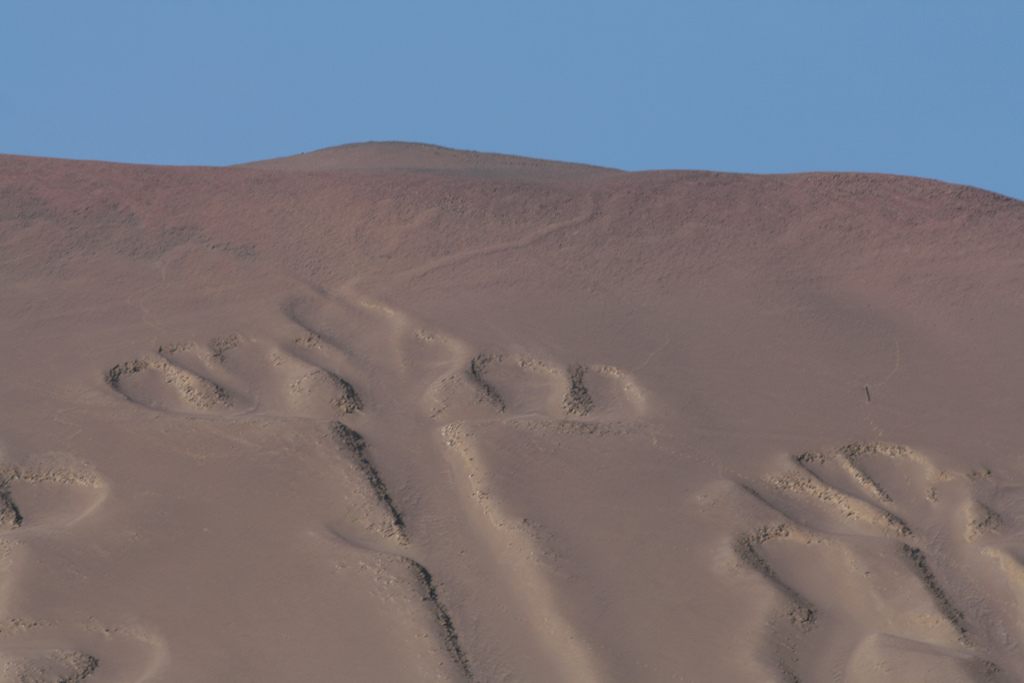
The geoglyph Paracas Candelabra was created by cutting two feet deep into the hardened soil. Image credit: Twak
‘Candelabra’ is somewhat a misnomer though, as it has never truly been thought to represent such an item. Instead, scientists have come up with a number of other theories as to what it may depict. One prominent theory is that the geoglyph represents the trident of Incan creator god Viracocha, and that it was possibly created in an attempt to guide him towards the people of the Paracas to ensure he would help them during times of trouble.
The Conquistadors supposedly thought the geoglyph represented the Holy Trinity, and took it as a favorable sign that they should proceed with their quest to conquer and Christianize the locals, although no clear historical records prove this theory. Some accounts claim that the Spanish found a set of ropes and cords within the branches of the Candelabra, which could have been used in connection with pulleys. According to Peruvian writer and commentator Beltrán García, the Candelabra may have been “a gigantic and precise seismograph, able to register telluric waves and seismic shocks coming not only from Peru, but from all over the planet.”
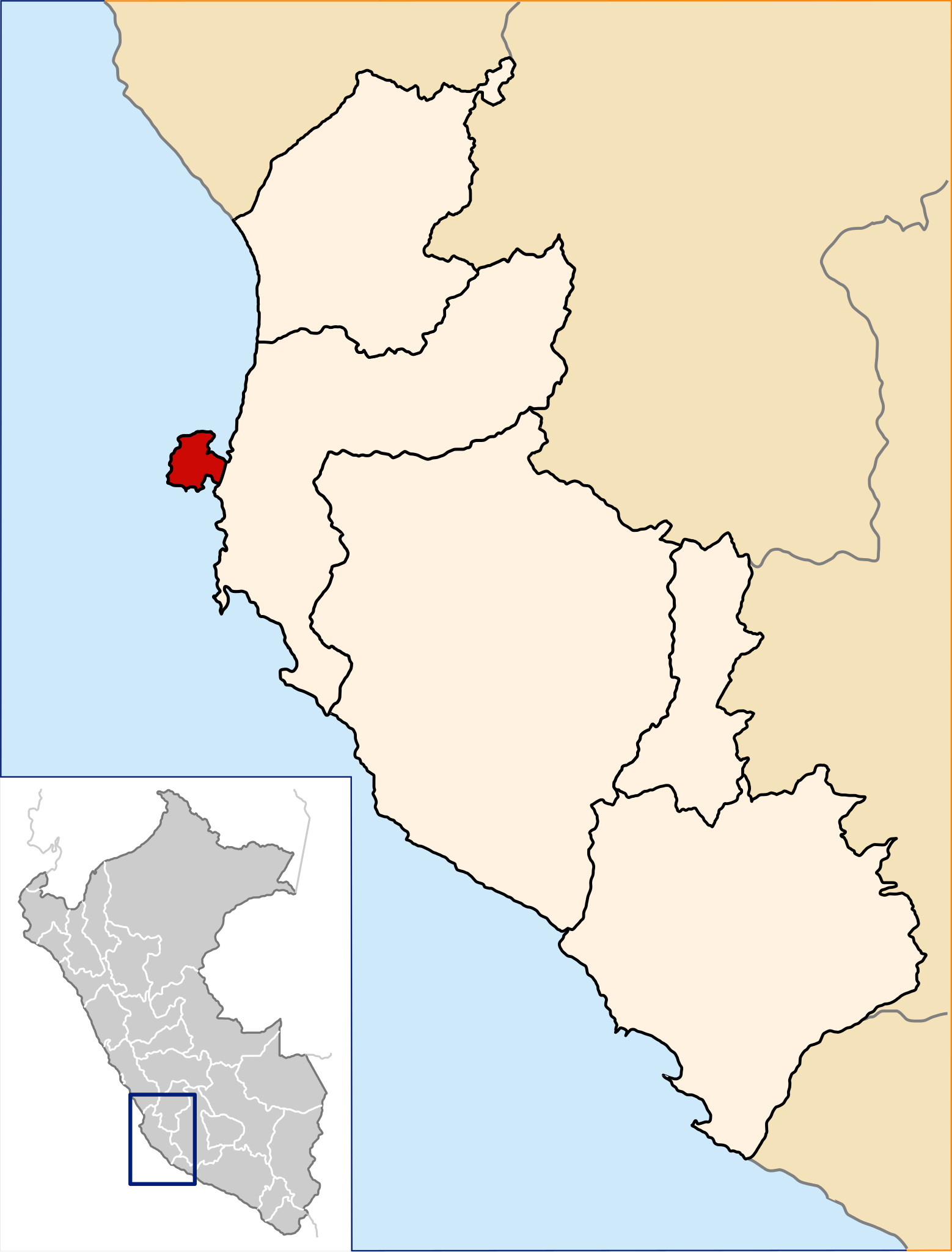
Location of the Paracas Peninsula in the Ica Region of Peru. Image source: Wikipedia
An even more interesting theory posits that the symbol is meant to stand in for the hallucinogenic plant called Jimson weed and may have had a ritual significance. It has been suggested that in prehistoric times the inhabitants of the Paracas peninsula would travel to what is now California to gather Jimson weed, and the Candelabra then helped them to find their way home.
The simplest theory is that the geoglyph was just a sign to help sailors find their way to the Paracas coast.
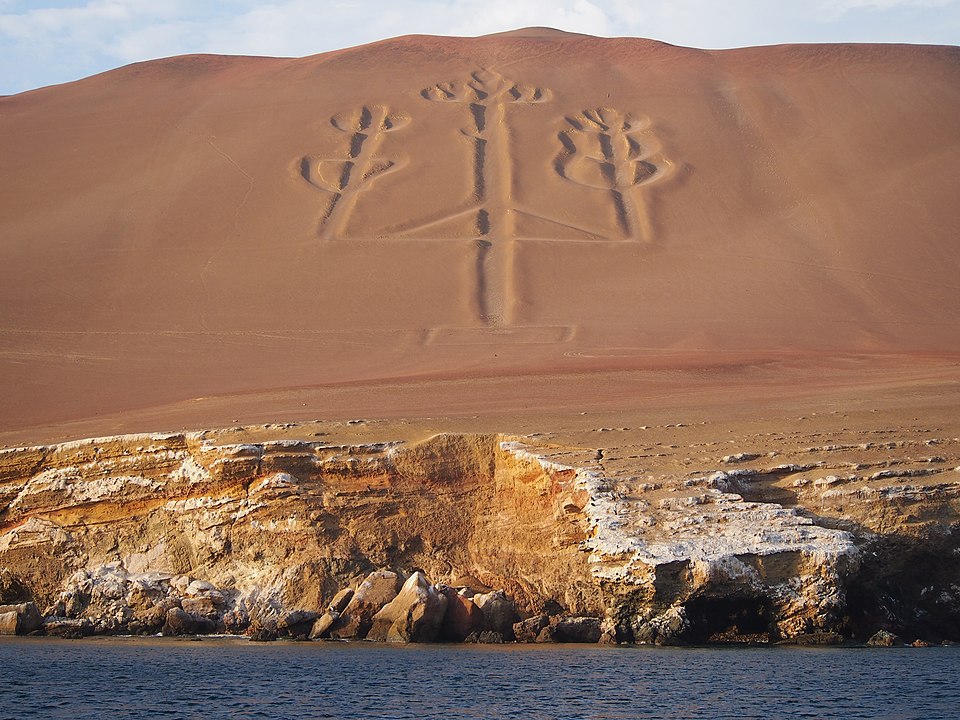
Image credit: Alex Zanuccoli
Whatever the true purpose of the Paracas Candelabra was, the ancient monument continues to capture the imaginations of researchers and visitors to this day. But, after all, its true value may not be in its purpose, but in the questing it inspires.


